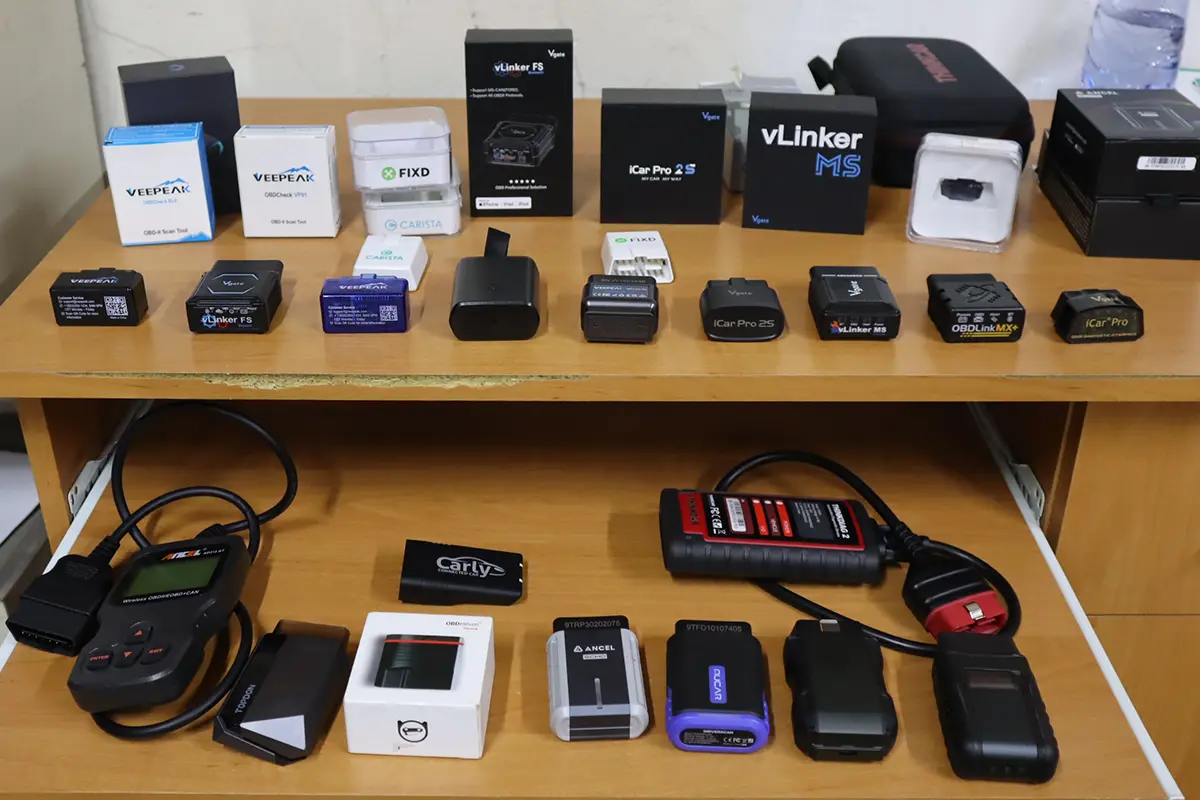The P0C28: Auxiliary Transmission Fluid Pump Motor Current High fault code indicates that the current being drawn by the auxiliary transmission fluid pump motor is higher than expected. This can be caused by a faulty motor current sensor, electrical system problems, or issues with the pump motor itself. High current could lead to overheating or damage to the motor and its components.
P0C28 – Quick Overview
| Code | Information |
|---|---|
| Meaning | P0C28: Auxiliary Transmission Fluid Pump Motor Current High |
| Is it serious? | Yes, high current can damage the pump motor, leading to failure or overheating. |
| Possible causes | – High current reading from the motor – Faulty motor current sensor – Electrical system issues |
| How to diagnose? | – Measure the motor current – Test the motor current sensor – Inspect the electrical system |
P0C28 Meaning
The P0C28 code means that the auxiliary transmission fluid pump motor is drawing more current than it should, which can result from a malfunctioning current sensor, wiring issues, or electrical problems. High current can cause excessive heat buildup, potentially damaging the pump motor and affecting transmission cooling.
Step-by-step diagnostic guide
| Action | Description | Tools Needed |
|---|---|---|
| Check for Other Codes | Use an OBD-II scanner to check for additional related codes, especially those related to the electrical system or motor performance. | OBD-II Scanner |
| Measure the Motor Current | Use a multimeter or diagnostic tool to measure the current being drawn by the auxiliary transmission fluid pump motor. Compare the readings with manufacturer specifications to ensure the current is within acceptable limits. | Multimeter, Diagnostic Tool |
| Test the Motor Current Sensor | Test the motor current sensor to ensure it is providing accurate readings. Replace the sensor if it is faulty or providing incorrect data. | Multimeter, Diagnostic Tool |
| Inspect Wiring and Connections | Visually inspect the wiring and connections to the motor and sensor for any damage, corrosion, or loose connections that could cause higher-than-normal current. Repair or replace as necessary. | Flashlight, Multimeter, Wiring Diagram |
| Check the Electrical System | Inspect the vehicle’s electrical system, including the battery, alternator, and voltage regulator, to ensure they are providing proper voltage and are not contributing to excessive current draw. | Multimeter, Flashlight, Electrical System Tools |
| Test the Pump Motor | If the current sensor and wiring are functioning correctly, test the auxiliary transmission fluid pump motor for any internal issues that may be causing excessive current draw. Replace the motor if necessary. | Diagnostic Tool, Pump Testing Equipment |
| Clear the Code and Test Drive | After completing repairs, clear the fault code using an OBD-II scanner and perform a test drive to ensure the issue has been resolved and the pump motor is operating correctly. | OBD-II Scanner, Vehicle Owner’s Manual |
| Recheck for Codes | After the test drive, re-scan the system to confirm that the P0C28 code does not return. | OBD-II Scanner |

OBD-II scanner Buyer’s Guide
- Scanner features explained
- Different types of scanners
- Scanners for coding/odometer/ECU/checks
- Best picks + discount codes

Hi, I am Juraj “Yuri” Lukacko. I got frustrated by unhelpful and scammy mechanics, so I decided to learn everything about car diagnostics myself. I test dozens of new car diagnostic tools every month along with learning new strategies to fix and customize cars. About Juraj Lukacko (Yuri)